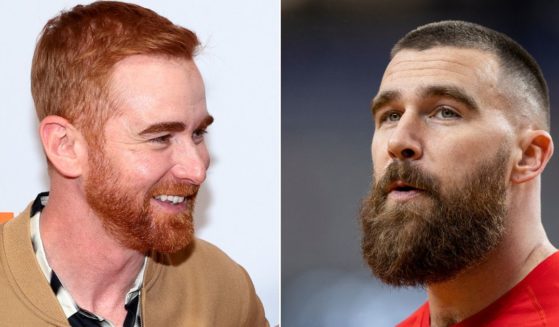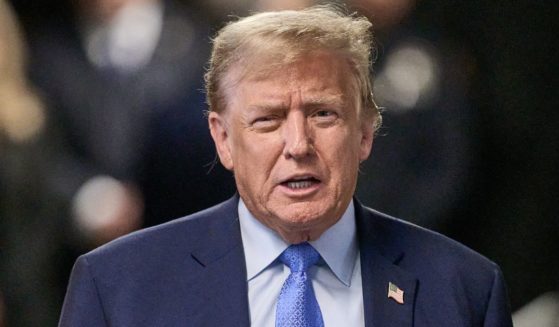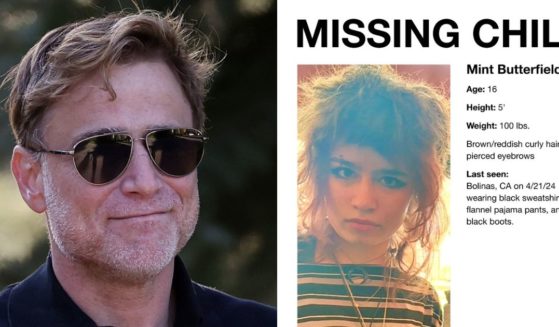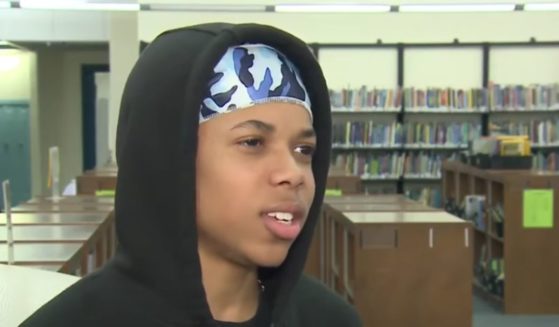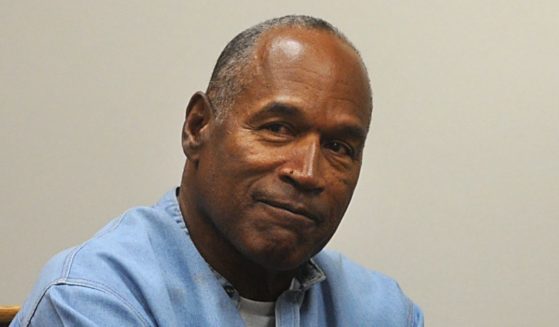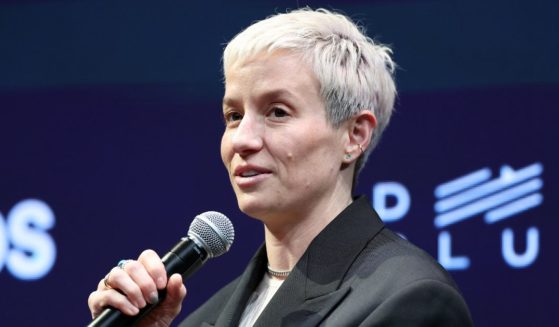Bill Gates Funded Development of Under-the-Skin Vaccine History Storage Using Specialized Dye
Bill Gates. Vaccines. Put those words together and conspiracy theories abound.
The tales range from stories of embedding microchips in people to the potential use of vaccines for population control. And Gates’ name is often tied to such ideas.
But at least one documented idea supported by Gates is just as scary — especially in the era of COVID-19.
The Bill and Melinda Gates Foundation has provided funding for a project that aims to record a patient’s vaccination history by injecting dye under the skin.
In announcing the process via a Massachusetts Institute of Technology news release in December 2019, its inventors suggested the injection method was mainly to aid developing countries where traditional medical records are rare or do not exist.
But the dye takes on a new meaning in the wake of serious talk in the U.S. and elsewhere of vaccine passports and even the possibility of mandatory COVID vaccines.
Invisible to the human eye, the dye uses nanocrystals known as quantum dots. The dots radiate slightly sub-infrared light that a certain type of smartphone can read. Measuring about 4 nanometers in diameter, the dots are held in tiny biocompatible spheres.
The dye is not injected by a hypodermic syringe. Rather, it uses a patch, with microneedles — 1.5 millimeters in length — dissolving as they deliver the dye into the skin. Research is underway to use the same method to inject the vaccines themselves. The goal, according to the MIT news release, is for the dye to be “delivered under the skin at the same time as the vaccine.”
Tests on cadaver skin show the dye can emit light for up to five years, MIT researchers said.
The dye method could be especially beneficial in tracking vaccines requiring multiple doses, according to the MIT release.
“In order to be protected against most pathogens, one needs multiple vaccinations,” MIT research scientist Ana Jaklenec said. “In some areas in the developing world, it can be very challenging to do this, as there is a lack of data about who has been vaccinated and whether they need additional shots or not.”
But researchers anticipate an expansion of this technology’s use in the future.
“It’s possible someday that this ‘invisible’ approach could create new possibilities for data storage, biosensing, and vaccine applications that could improve how medical care is provided particularly in the developing world,” said Robert Langer, a researcher on the MIT dye project.
Of course, this raises an important question: To whom and how will this bio-data be released?
And how will vaccination records — or lack thereof — or any other items on the nanocrystals be judged by parties other than the individual and the individual’s doctor?
As we’ve learned or should have learned from the entire COVID pandemic, there are issues of competing interests.
There are often considerations other than those relating to public health and disease control — considerations related to economics, psychological welfare, education, social institutions and more.
The thought of injecting biological records into one’s body needs to be balanced with an alternate thought. That thought should begin with five words: What could possibly go wrong?
Truth and Accuracy
We are committed to truth and accuracy in all of our journalism. Read our editorial standards.

